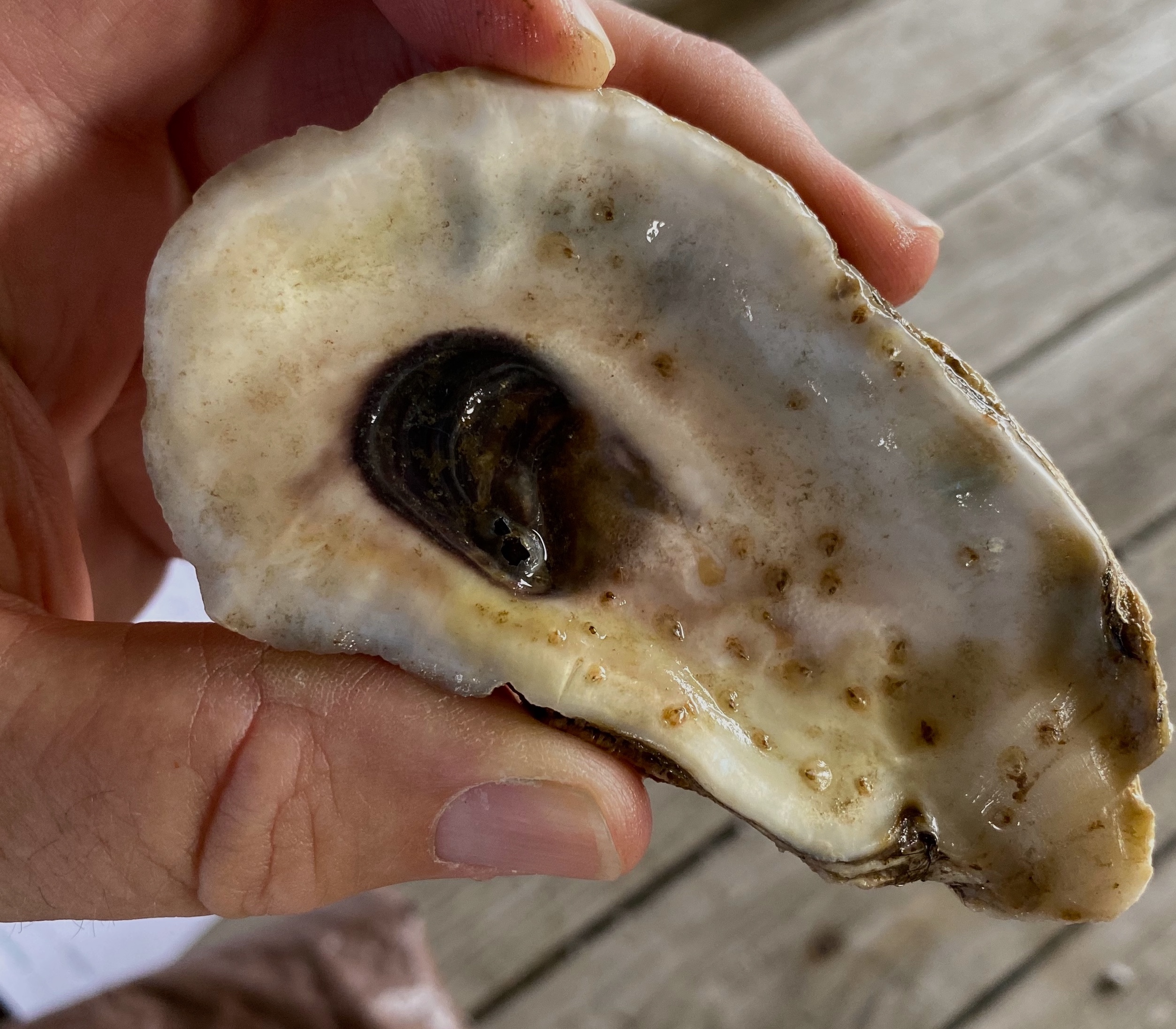

New spat attachments (≥ 10 mm) continued throughout the study period, except April and May.

The largest number of new spat attachments occurred in August, both on PSC and PBC: 44 ± 3.46 and 26 ± 2.88 spats were found respectively in the outer and inner mesh bags of PSC, and 33 ± 5.77 and 48 ± 6.92 spats were found respectively in the outer and inner mesh bags of PBC. An annual average of 175.16 ± 11.32 spat m −2 was obtained from PSC (placed surface collectors) and 82.65 ± 3.89 spat m −2 was obtained from PBC (placed bottom collectors). Polyethylene mesh bags were used as collectors. The present study was carried out to determine the spat efficiency in the pearl oyster ( Pinctada radiata, Leach, 1814) in surface and bottom water at Karantina Island (Izmir/Turkey). See additional information on how FWRI biologists monitor oyster reproductive efforts monthly.Corresponding author: Selcuk Yigitkurt ( 10.1515/ohs-2020-0017Ĭitation (APA style): Oceanological and Hydrobiological Studies, Volume 49, Issue 2, Pages 184–192, eISSN 1897-3191, ISSN 1730-413X, DOI. After it settles, the left valve is cemented to the substrate where the oyster spat will spend the rest of its life. During this time the larvae settles and, by using its newly developed foot, searches for a hard substrate to attach too. While drifting in the water column they develop into fully shelled veliger larvae and after about 2-3 weeks into a pediveliger larvae. When the eggs are fertilized in the water column they develop into free-swimming, planktonic, trochophore larvae. A single female can produce millions of eggs, but most eggs will be eaten by predators or washed away to unfavorable habitats before settling as a spat, and most of the juveniles that do settle will also be eaten by predators before they reach adulthood. Oysters in Florida spawn from Spring through Fall using environmental factors like water temperature and salinity as cues. During this change it is possible to see both sexes present at the same time. The larvae settle on hard substrates and other oyster shells to form dense clusters called oyster reefs or beds.Įastern oysters are protandric hermaphrodites, meaning they typically start out their life cycle as males and have the ability to change to females. Oysters typically spawn during the warmer months of the year. Typically, they grow to 3 to 5 inches in length, but can reach lengths of 8 inches. Oysters can survive up to several years in the wild but have survived to up to 20 years in captivity. When the valves are open, tiny cilia on the gills work like paddles to pump water across the gills allowing the oyster to feed by filtering out plankton and organic particles from the water as well as allowing the oysters to breathe by drawing oxygen out of it using their gill membranes. There are two types of adductor muscle one that pulls the shell shut quickly to avoid predators (the large creamy portion of the muscle) or simply hold to hold the valves closed during low tide (the tough white portion of the muscle). The hinge is a rubbery ligament that both keeps the two shells attached but also pushes the two shells apart like a spring. The right valve is typically smaller and flatter. The left valve is the larger of the two valves and is the valve that is cemented to substrate that it has settled on. Oysters are inequivalve with a shell composed to two unequal valves. Bivalves have two valves, or shells, that are connected by the hinge. Florida Youth Conservation Centers NetworkĮastern oysters are a part of the phylum Mollusca in the class Bivalvia.Great Florida Birding and Wildlife Trail.

Report injured, orphaned or dead manatees.Report fish kills, wildlife emergencies, sightings, etc.


 0 kommentar(er)
0 kommentar(er)
